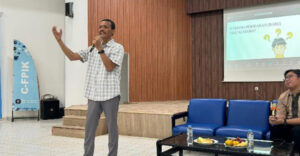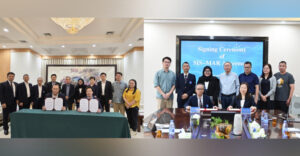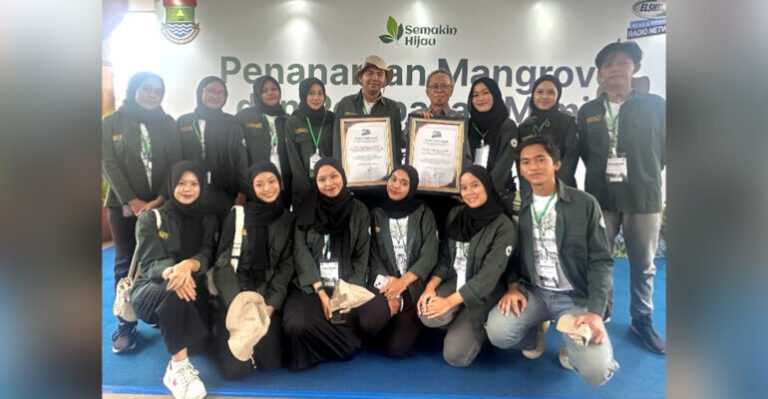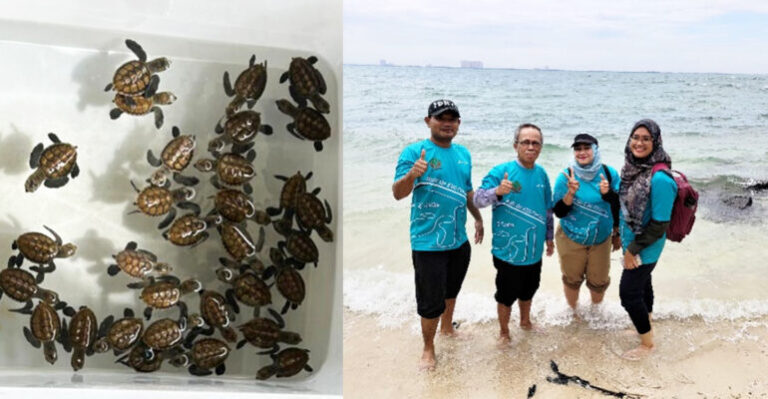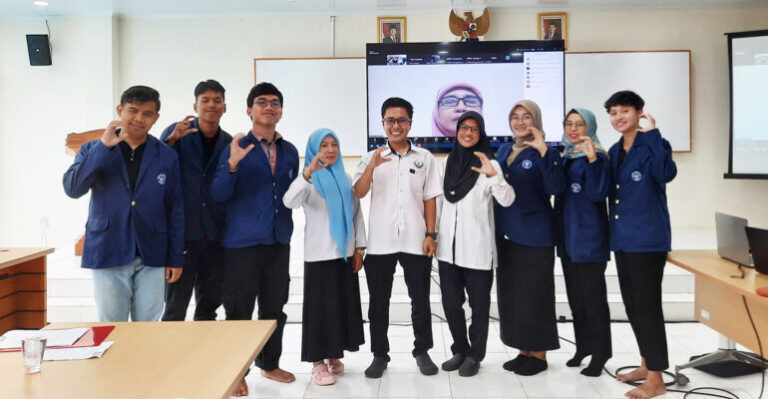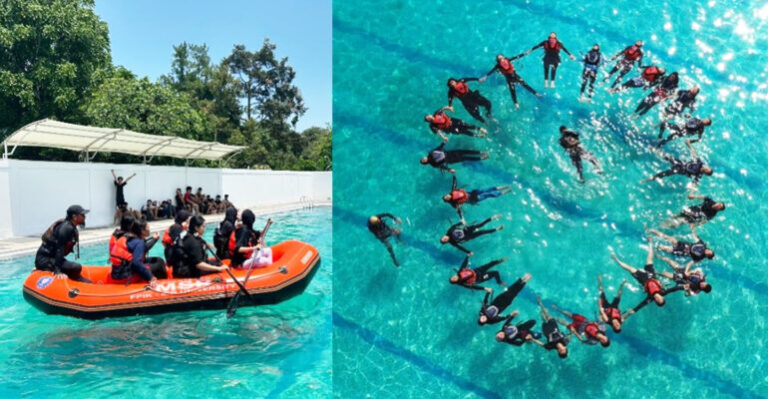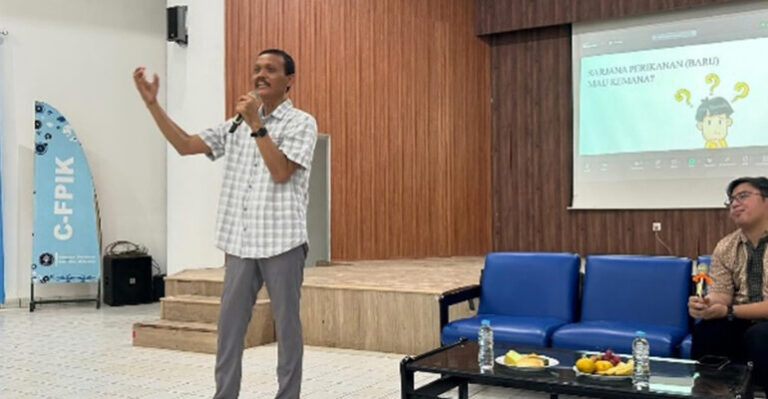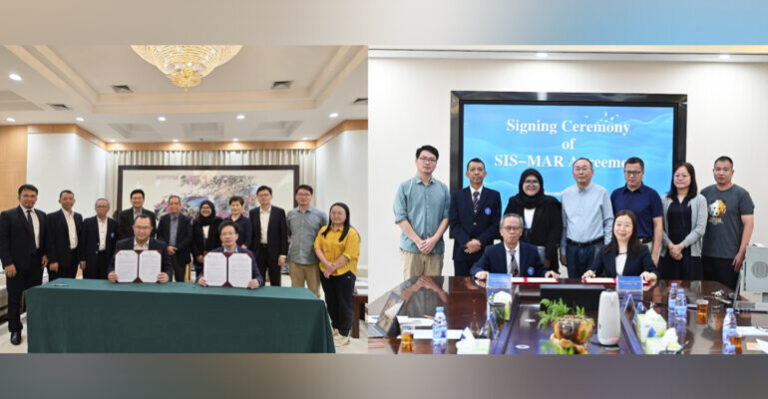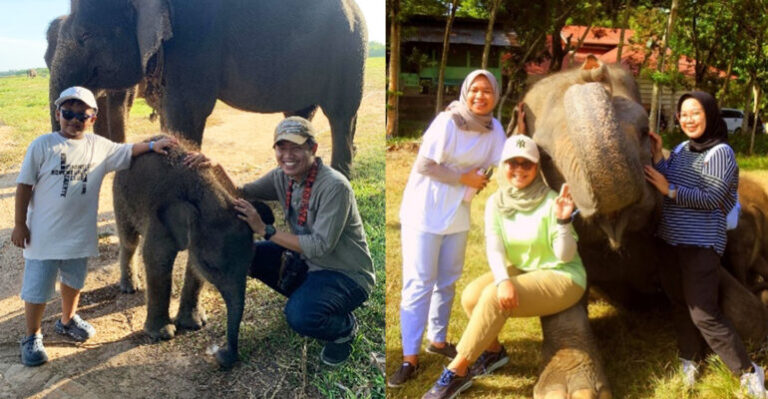PP 26/2023 Premature Birth by Dr. Yonvitner, S.Pi., M.Si

The emergence of government policies contained in Government Regulation (PP) Number 26 of 2023 concerning Management of Sedimentation Products in the Sea is arguably still too premature. There are several points that can be seen as indications.
In Article 1 paragraph 1 it is explained that sedimentation results are taken to prevent damage to ecosystems and shipping. With such a narrative, it can be seen that there are two important references that need to be taken as consideration, namely Law Number 1/2014 concerning Amendments to Law Number 27 of 2007 concerning Management of Coastal Areas and Small Islands, and Law Number 17/2008 concerning Shipping which was not published.
In addition, when the material to be excavated is sediment from which sand will be taken, it also does not include Law Number 4/2009 concerning Minerba as a consideration. Meanwhile, Law Number 32/2014 concerning Marine which is used as a consideration does not show strong relevance because sediment exploitation will not always save the ecosystem.
Although there is a narrative that says that dredging sediments will nourish the ecosystem, in the concept of ecosystem management, it is precisely the role of ecosystems that then helps sedimentation such as mangrove and seagrass roots.
If examined further, Law Number 32/2014 which is used as the basis for the preamble to Article 56, does not mandate dredging of sea sand at all. This means that the policies that underlie the PP are not clear which references and mandates. Failure to synergize with other government policies is an indication that PP exists alone without a handle.
The questions that then arise are, first, did Government Regulation No. 26 arise because of a crisis or an emergency? If the answer is yes, what level has the sediment emergency reached in our sea waters? The empirical fact is understood that the dynamics of oceanography will always shape a new ecosystem and environmental balance. However, in any situation, the PP must place all related considerations at the beginning, as a form of compliance with the above policies.
Second, the matter of space that will intersect with various parties. Academic texts that contain sediment deposits, suitability according to zoning, and other activities have not been mapped properly. Even though it is encouraged to be completed in a ministerial regulation, the basic data remains an important part of the presence of PP. Because PP No. 26/2023 applies at the national level, all spaces in coastal and marine zoning in Indonesia will also be affected by this policy.
Third, the technical matter of harvesting using a suction vessel can be contradictory to the government’s blue economy policy. Exploitative and exploitative exploitation activities are narrated as the red economy. Taking by suction boat tends to lead to habitat degradation. Meanwhile, the blue economy is more towards ecosystem sustainability, prosperity, and justice.
As a matter of fact, we are currently pursuing a commitment to reduce the carbon contained in the NDC. One of the instruments used as a blue carbon ecosystem is seagrass. According to its habitat, seagrass is a habitat that grows on sediment and sand substrates. Seagrass plants with roots will sequester carbon into the sediment.
In addition, the presence of seagrasses as sediment traps to protect coral reef ecosystems is reduced. With the removal of sediment, the carbon trapped in the sediment will again be released so that the program to reduce carbon emissions in the marine and fisheries sector is threatened.
Fourth, the most obvious is the absence of an aspect of justice with the affected communities. Even though it was explained that in the regional management zone there would be income for the area, it was clear that the community would be affected more broadly. Some of them will lose fishing grounds, fish spawning areas, nursery areas and foraging areas. In silt sediments as a food source for bottom biota including crabs, crabs, and bottom fish is very vital.
Re-observation
Taking into account the journey for 20 years, without exploitation of sea sand, it seems that there is no pressure for sea sand to be exploited, including export. Before going any further there are some basic principles that must be understood. First, the conception of sediment and substrate. Second, support for academic manuscripts. Third, the matter of relevance to the goals of fisheries and marine development.
Sediment conception according to Bent, et al 2001 is particles resulting from weathering of rocks, biological materials, chemical deposits, dust, plant material, and leaves. The material is distributed by oceanography and then deposited. Along with that, there is what is known as the substrate, which is the bedrock that is the place for various biota to live.
There is also a substrate in the form of rock, sand or rocks. When there is the influence of ocean currents, the substrate moves from one location to another and is then deposited (sedimented). When it’s only seen as sediment, it doesn’t seem to be of any good use. However, when viewed as a substrate, many functions must be protected on it.
Regarding academic support that must be expressed in academic texts, PP without adequate academic text support is like an expert without knowledge. In the context of marine sedimentation, academic papers should already be able to contain the potential or sea sand deposits (both sand and silt), their economic value at the local level and outside markets. Furthermore, an analysis of physical risks, ecological, social and economic risks.
Based on the IPB PKSPL study (Kusumatanto, 2003), the costs incurred for each 1 cubic meter are equivalent to 5% of the price obtained from the sale of sea sand. That is, if Rp. 1 production costs are needed, Rp. 5 costs for ecosystem and environmental restoration. If you look at that number, the costs required to repair the damage are far greater than the benefits that can be obtained.
Then, regarding the relevance of PP sedimentation with fisheries development targets is still weak. In addition, it is also necessary to pay attention to other marine fisheries development goals, such as fishermen’s welfare, sustainability, and loss of habitat for fish and fishermen’s economic areas.
The presence of PP 26/2023 which does not have proper references, does not include adequate academic data and risks, still needs to be re-evaluated. If it is not yet available, the PP should not be operational yet. The presence of PP without adequate academic texts, good risk analysis, and goals for the welfare of fishermen and fish cultivators really looks premature for development.
So for that, it is necessary to do a re-examination so as not to cause turmoil in society and science. Hopefully, the Ministry of Maritime Affairs and Fisheries is aware of this situation to prevent the recurrence of incidents such as the clear lobster seed (BBL) case the other day.
Sources: Media Indonesia





